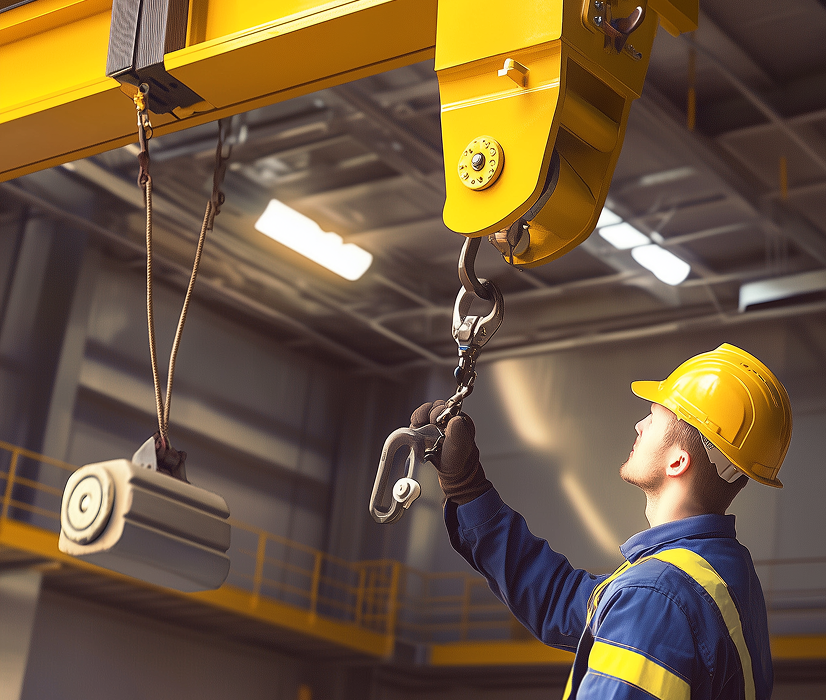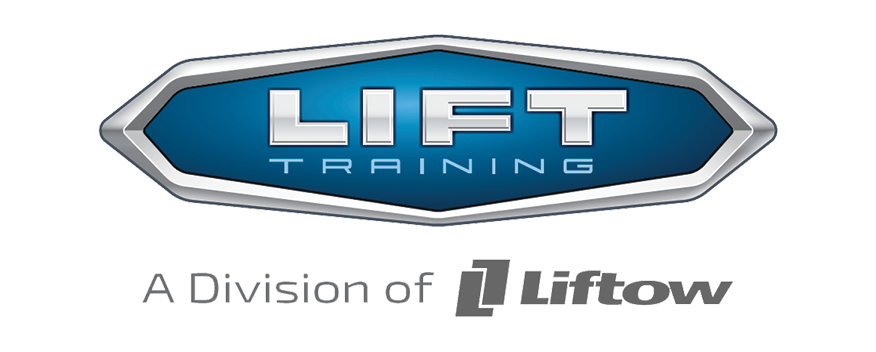
Overhead cranes are key players in many industries, lifting heavy loads with ease and efficiency. Yet, using these massive machines comes with challenges and requires a firm grip on safety practices, especially in places like Ontario where the workforce is often exposed to various operating environments. From construction sites to manufacturing plants, safe crane use is crucial to prevent accidents and ensure a smooth workflow.
A sound understanding of potential mishaps can help teams work more safely and effectively. Workers need to recognize the common risks associated with crane operations, as unplanned incidents can lead to dangerous situations. By arming themselves with the right information and training, companies can cut down on these risks, creating a safer environment for everyone involved.
Understanding Overhead Cranes
Overhead cranes are much more than just powerful machines—they’re fundamental to moving bulky items that would otherwise prove impossible to handle. These cranes run along beams, often installed high up in factories or warehouses, to transport heavy loads from one place to another. Commonly used in settings such as manufacturing and shipping, they play a vital role in boosting productivity by saving time and reducing manual labour.
But what exactly makes their proper use so important? One major factor is the sheer weight they handle. An overhead crane’s complexity demands a careful approach to ensure not just the safety of the workers, but also the integrity of the loads being moved. Missteps in operating a crane could lead to severe consequences, like equipment damage or even worker injuries.
One example to illustrate the critical need for understanding these cranes is when they are used in a busy factory setting. In such cases, precise control is vital for moving materials efficiently without disrupting other operations.
Common Mishaps When Using Overhead Cranes
Despite their benefits, overhead cranes can present several hazards. Being aware of the typical mishaps can help in managing these risks more effectively. Let’s look at some common issues:
– Overloading: Often, operators might push the crane beyond its safe limits, leading to structural stress or even tipping.
– Poor Maintenance: Failing to regularly check and service parts like ropes, hooks, and motors can result in unexpected breakdowns.
– Operator Error: Mistakes such as misjudging weight or not following safety procedures can lead to accidents.
Understanding these mishaps underlines the importance of adhering to safety guidelines and ensuring that cranes are operated correctly. By recognizing and addressing these potential issues, companies can foster a safer working environment, reducing the likelihood of accidents and equipment damage.
Preventive Measures for Safe Overhead Crane Usage
Keeping overhead cranes in good working condition requires consistent care and attention. Regular maintenance is key to preventing any surprises on the job. Inspections should be scheduled routinely to check for wear and tear on all parts, especially the cables, brakes, and hooks. When these elements are well-maintained, the risk of unexpected failures drops significantly, ensuring smoother operations and a safer work environment.
Next, proper training and certification for crane operators are vital. Only qualified individuals should be handling these machines, as they’re trained to manage the equipment with precision and awareness. They know the importance of adhering to safety protocols and are skilled at handling loads within set limits. Regular refresher courses can keep everyone up to date with the latest safety practices.
Adhering strictly to safety protocols during operations is another non-negotiable aspect of safe crane use. Load limits should never be exceeded. By respecting these boundaries, operators can safeguard both the machinery and the people working nearby.
The Role of Technology in Enhancing Safety
In this tech-savvy world, new advancements have made using cranes even safer. Automation plays a big role in monitoring operations and ensuring consistent compliance with safety protocols. For example, modern cranes might be equipped with sensors that detect overloading before problems occur, giving operators the chance to adjust their approach.
Another breakthrough is the use of advanced remote monitoring systems. These systems track the crane’s performance in real time, allowing supervisors to spot any irregularities quickly. They provide valuable insights, ensuring immediate action can be taken if something seems off. This technology minimizes the chances of accidents and equipment damage, and offers peace of mind to all involved in the operations.
Self-testing systems incorporated in some cranes help identify and correct errors before the machine even starts moving a load. This proactive approach adds an extra layer of safety that traditional methods couldn’t fully provide. By integrating these tech solutions, companies can better protect their employees and assets.
Enhancing Overhead Crane Safety in Ontario Workplaces
Operating overhead cranes safely in Ontario requires more than just following basic guidelines. It involves a commitment to regular training, proper equipment maintenance, and embracing new technology. By staying informed and alert, companies can minimize risks and create a safer workplace for everyone involved. Recognizing the value of continuous education will also benefit both workers and operations over the long term.
In the end, prioritizing safety is a shared responsibility. Whether it’s through diligent maintenance, up-to-date training, or utilizing the latest technology, every step taken contributes to a safer working environment. By fostering a culture that values safety, companies can protect their workforce, improve efficiency, and ensure smooth, accident-free operations.
To maintain workplace safety and efficiency, it’s important to stay informed about best practices for overhead crane usage. LIFT Training provides comprehensive resources and training on health and safety procedures. Explore overhead crane usage further to enhance your company’s safety standards and effectively support your team.
